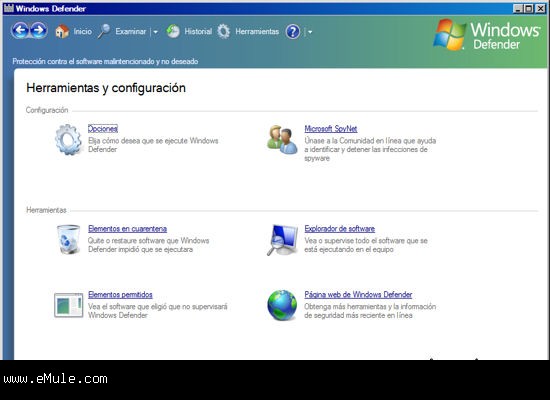Sponsored by BoysStuff.co.uk


I do computer repair in the local Houston, Texas area. I get questions on MSCONFIG in Windows XP often. Usually about a startup program or how to disable startup programs on their system. MSCONFIG is short for Microsoft System Configuration Utility. It was designed to help troubleshoot system configuration issues, not control what programs automatically startup when Windows XP boots up.
To address startup programs you can use Registry changes, Group Policies, Windows Run at Startup policy settings, or uninstall the software all together. Although you can disable a program to start in MSCONFIG by figuring out the files that load under the startup tab for that software, itís not the recommended method. Iíll mention some other ways to help you control startup programs at the end of the article.
The System Configuration Utility was designed for user support personnel to assist in solving configuration issues with Windows XP. The idea was to eliminate typos and mistakes on changes to the following files:
System.ini file
Win.ini file
Boot.ini file
Programs that are set to load during the startup process (these programs are listed in the Startup folder and the registry and should not be changed here)
Environment settings
International settings
MSCONFIG shows all the current settings and information about the above configuration files. You can also make changes by starting and stopping specific loading of device and software drivers. This utility was designed for advanced users and if some important or necessary settings are changed, you can kill your computer.
To start the MSCONFIG utility:
Click Start, click Run, type msconfig, and then click OK.
You now should see a program startup that says System Configuration Utility at the top. It will have six tabs, General, System INI, Win INI, Boot INI, Services, and Startup. The utility opens up on the General tab. You will also see two buttons on the bottom right hand side that say Launch System Restore and Expand file.
As you click on each tab, a screen will show the contents of the INI files, a list of services under services, and a list of files that are run at startup under startup. You can check or uncheck each listing. The naming convention on services and files in startup are not always easy to connect with a particular program or action. This is why Microsoft only recommends this utility for advance users, it can get very technical to figure out the relationships.
One of the most popular uses of MSCONFIG is finding and removing (or stopping from loading) viruses and malware. Since most virus and malware creators want to control your computer, they will load a program when the computer starts. Once the program has started, it locks down the program files as in use and you cannot delete them.
So one of the ways to stop the programs from running (so that you can delete the files) is to find the offending service or actual file that loads at boot up. The trick here is knowing what services or files are related to the virus or malware. And as mentioned above, if you stop a critical service or program from loading, your computer may not boot up.
OK, so now you understand what MSCONFIG is used for and why it may not be a good choice for stopping startup programs and eliminating virus and malware programs. So what is the best way to stop certain programs from loading (other than the Microsoft suggestions mentioned above)?
One way to deal with programs starting automatically is to always choose the custom install method offered by most software. You can disallow the installation of the auto start features if available. Another good solution that can be managed by any normal user is by installing Microsoftís System Defender. This software is free and you can get it from the Microsoft website here:
http://www.microsoft.com/windows/products/winfamily/defender/default.mspx
Once you install the software, hereís how you can manage startup programs:
Click Start, click All Programs, and then click Windows Defender.
Click Tools, and then click Software Explorer.
Click the application name in the Name column that you want to disable, and then click Disable.
Installing Windows Defender will also protect you from spyware and malware to begin with so itís always a good thing to have some kind of protection running. If you are a Vista user, Windows Defender comes pre-installed and is available on the All Programs menu.
There are other utilities and software available to make managing your Windows XP system easier and can also speed up your computer. Many are very user friendly and can help you solve many computer issues. You can learn more at our website listed below.

| © RIYAN Productions |

